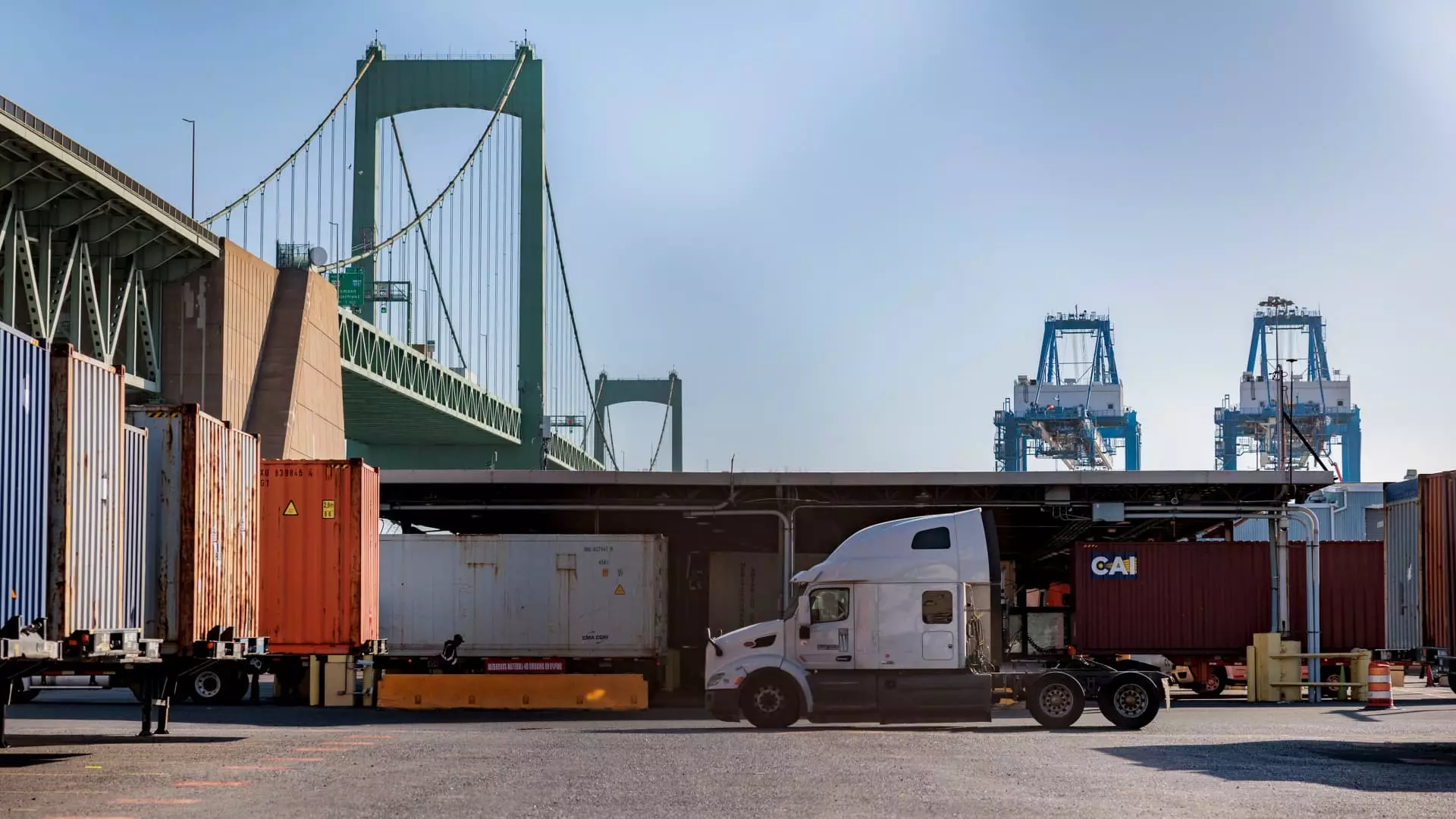When former President Donald Trump proposed an ambitious plan during his tenure to replace federal income tax with tariffs on imported goods, it sparked a wave of interest and skepticism among economists and policymakers. While the notion of an “all tariff policy” may seem revolutionary at first glance, a critical analysis reveals a multitude of challenges that complicate its practicality. This article aims to dissect the implications of relying on tariffs as a primary source of federal revenue in the context of 21st-century American economic realities.
Historically, tariffs were a dominant source of revenue for the U.S. government throughout the 19th century. However, the economic landscape has undergone significant changes since that era. In contemporary America, government expenditure has ballooned to encompass approximately 22.7% of the GDP as of 2023, a stark contrast to the paltry proportions observed in the 1800s when tariffs contributed substantially to federal coffers. Notably, as government spending necessitates a more robust and diversified revenue stream, the argument that tariffs can serve as a catch-all solution becomes increasingly tenuous.
Moreover, the shift in federal revenue sources over the last several decades highlights the declining role of tariffs. According to the Congressional Research Service, tariffs have consistently provided less than 2% of annual federal revenue in recent years. In fiscal year 2024, Customs and Border Protection reported $77 billion in tariffs, equivalent to about 1.57% of total federal income. This stark decline poses a fundamental question: Can a tax system that thrived in a different era adequately address the complexities of modern governance?
Economists have pointed out the impractical math behind the idea of replacing income tax with tariffs. For instance, during the 2021 tax year, individual taxpayers contributed approximately $2.2 trillion to federal revenue. If tariffs were to take the place of such a formidable figure, tariffs would need to be drastically increased to levels that many experts deem implausible. Erica York, vice president of federal tax policy at the Tax Foundation, argues that such a transition would result in “astronomically high tariff rates” that could ultimately destabilize the market.
Furthermore, as tariffs are based on imported goods, the potential revenue from such a system is limited. Increased tariffs could lead to reduced imports as consumers and businesses adjust their behavior in response to higher costs. Hence, Trump’s goal of generating $2 trillion through tariffs could be nothing more than an unattainable aspiration, as highlighted by Kimberly Clausing and Maurice Obstfeld of the Peterson Institute for International Economics. They note that higher tariff rates would paradoxically shrink the import base, further undermining any attempts to generate significant revenue.
Another layer of complexity arises when considering compliance and market dynamics. The behavior of consumers and importers would inevitably shift in response to new tariffs, leading to potential downgrades in the overall revenue collected. Noncompliance, a common issue in tax systems, could also severely impact the effectiveness of tariffs as a revenue source. Given that many companies and individuals might resort to measures to bypass tariffs, the projected revenues could fall short of expectations.
Additionally, recent policy decisions, including Trump’s temporary pause on tariffs for certain countries, underscore the unpredictable nature of tariff policies in the global market. Such volatility can create further uncertainty for businesses and investors, complicating the long-term financial planning necessary for a stable economy.
The proposal to use tariffs as a primary revenue source to replace income tax is fraught with difficulties. Historical precedents show a decline in tariff revenue’s relevance in a modern economy that relies on a broad tax base and diverse revenue streams. The mathematical complexities, compliance issues, and market dynamics suggest that the feasibility of such a shift remains doubtful. As policymakers and economists engage in these vital discussions, the emphasis should be placed on developing sustainable and realistic taxation systems that align with the nation’s financial demands and long-term economic stability. Ultimately, the proposal may be an enticing concept, but deep analysis reveals it to be a perilous gamble with far-reaching consequences.

